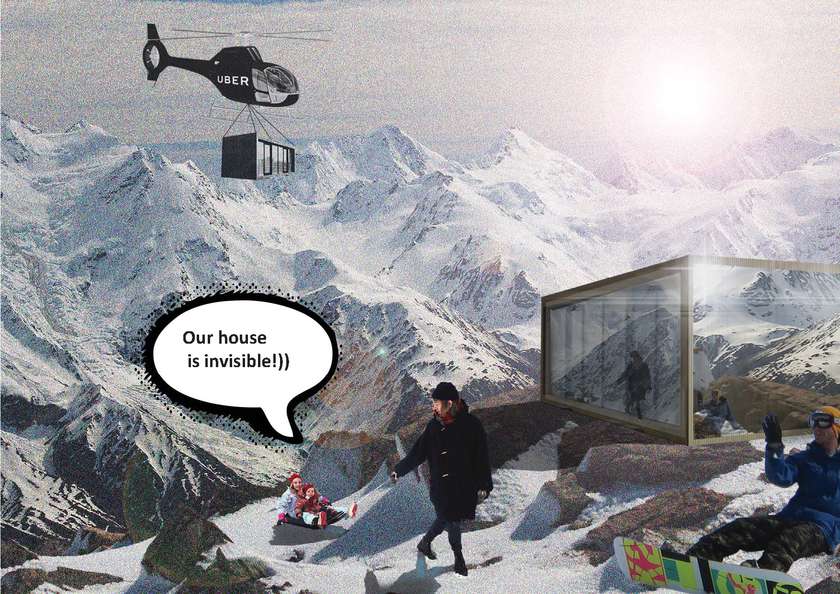Idea by
Nadezhda Gerasimova
one1/2architect
http://uandarchitects.tilda.ws/uberarchitecture
Call for ideas 2019
Uber architecture
Uber architecture
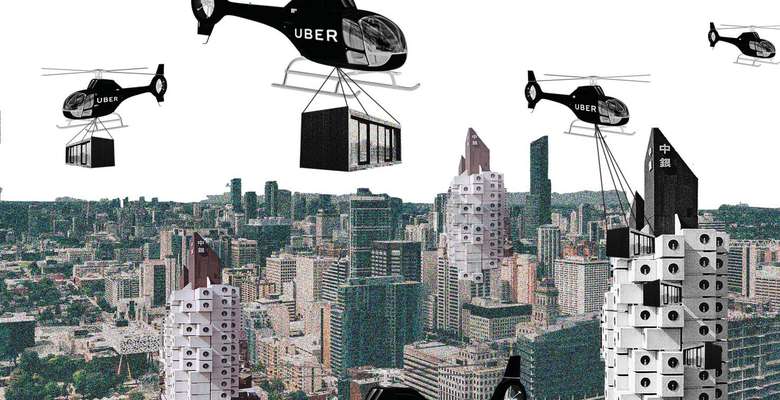
- Site-specific cases
Our house should be maximally transformable and movable, depending on our most immediate needs for work and rest, to be maximally integrated into any landscape.
Each city could have a transformable modular system allowing one to easily remove one of the cells from it and move it anywhere in the world.
You just need to call a helicopter from a special service, like Uber or Yandex. One click in a mobile app that can offer the best location, based on the preferences of the user - profession, interests, financial situation.
The cell is transformable, with adjustable partitions. All internal and external surfaces are sensory for the possibility of changing the interior to the mood of the host, as well as projecting images and textures to external panels to fit the cell in the surrounding landscape.
The architect in this case acts as an app developer, improving the details of the service, changing the possible combinations and types of cells, examining the demand and needs of people.
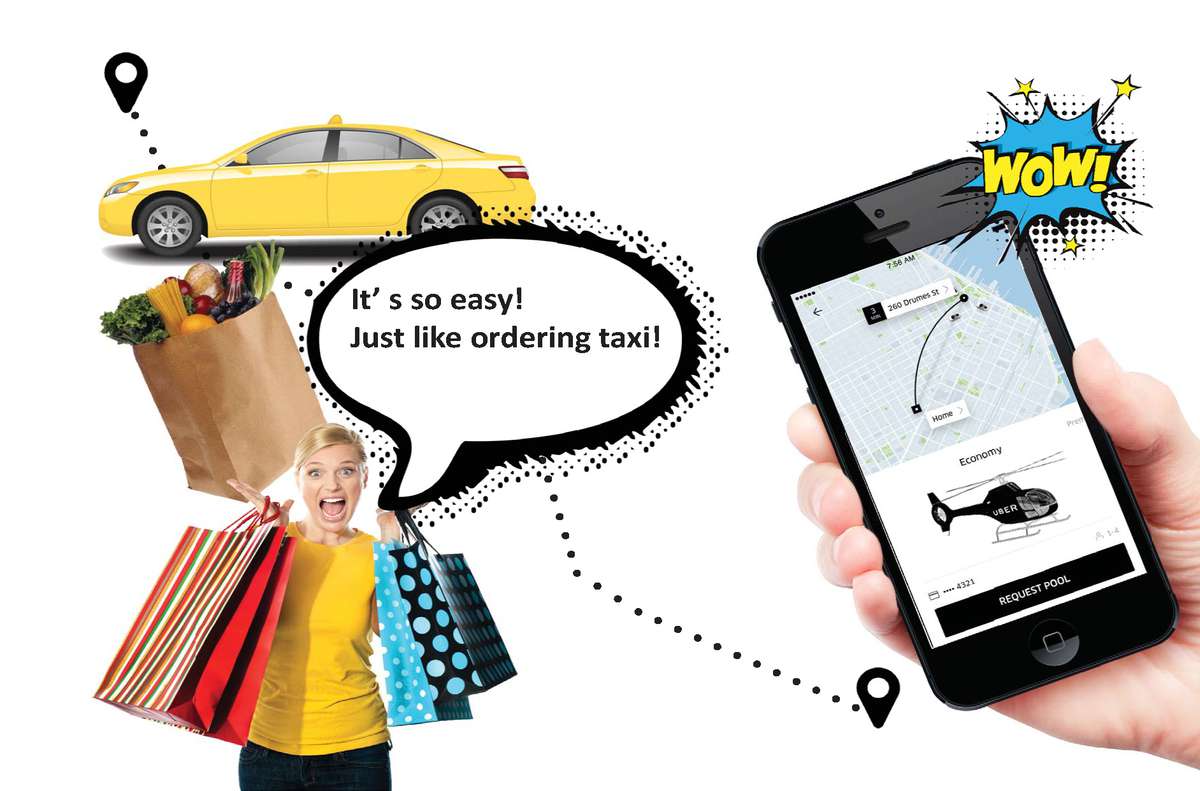
Moving around has never been easy like now. We already order food, clothes, taxi through different Apps. To move your sell around just press the button in your App. Easy just like Uber Taxi.
The App will not only order you a helicopter, but also suggest the best location to move to, according to your budget, preferences, personality and also events, available jobs, environment and much much more around you.
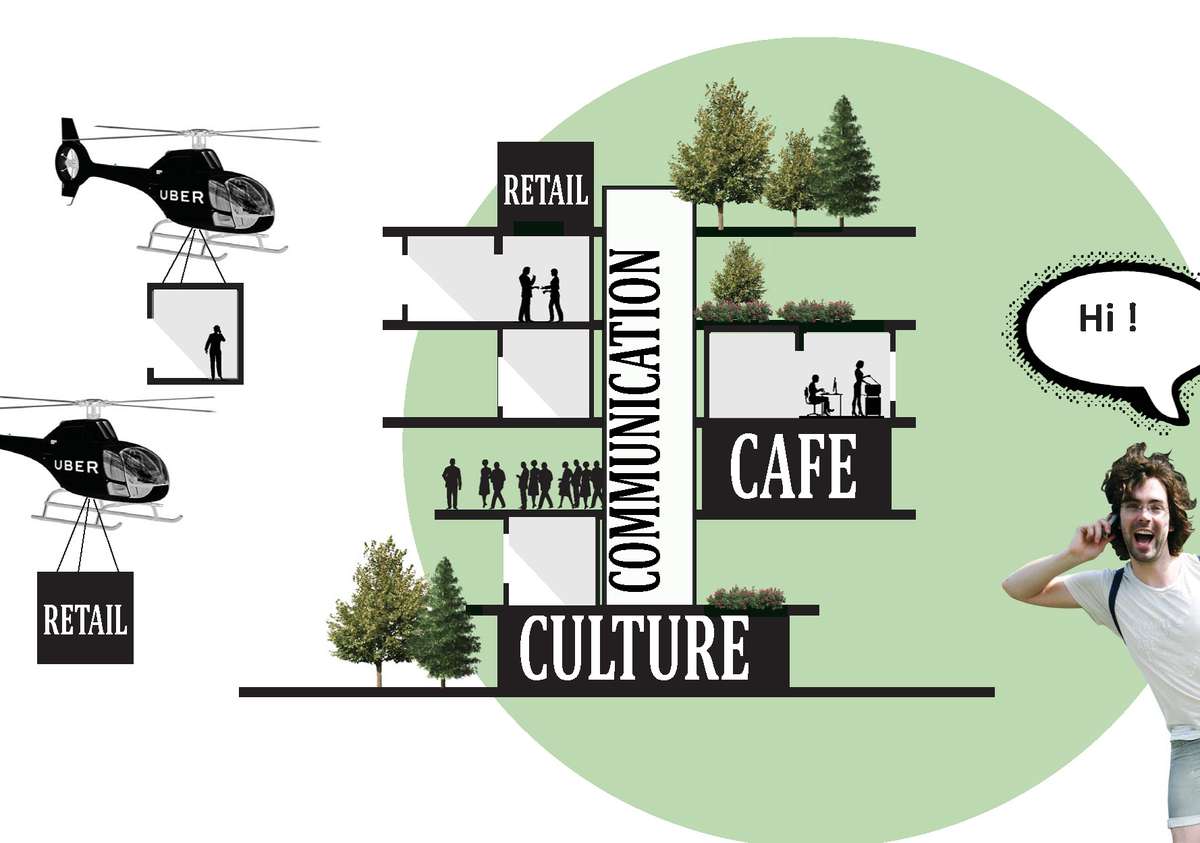
City structures have all the services needed by the cells. And having your buisiness in a movable cell is a convinient solution.
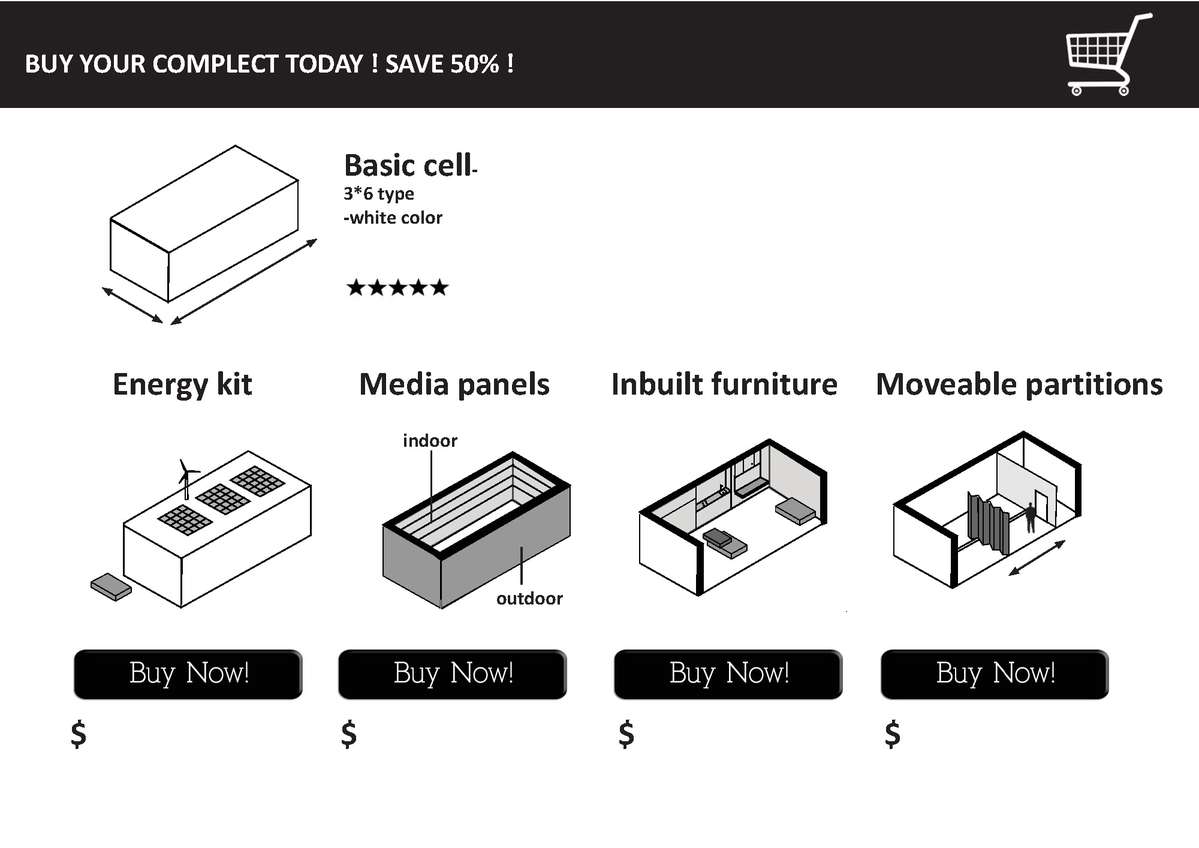
Use your App to choose the best additional elements for your basic cell. 1)Energy kit (Solar panels, small nuclear power generator, recuperating air system, water reuse system), 2) Panels (Media-panels for indoor and outdoor facade), 3) In-built furniture (In-built bed, shelfs, audio and video systems, kitchenware), 4) Moveable partitions.
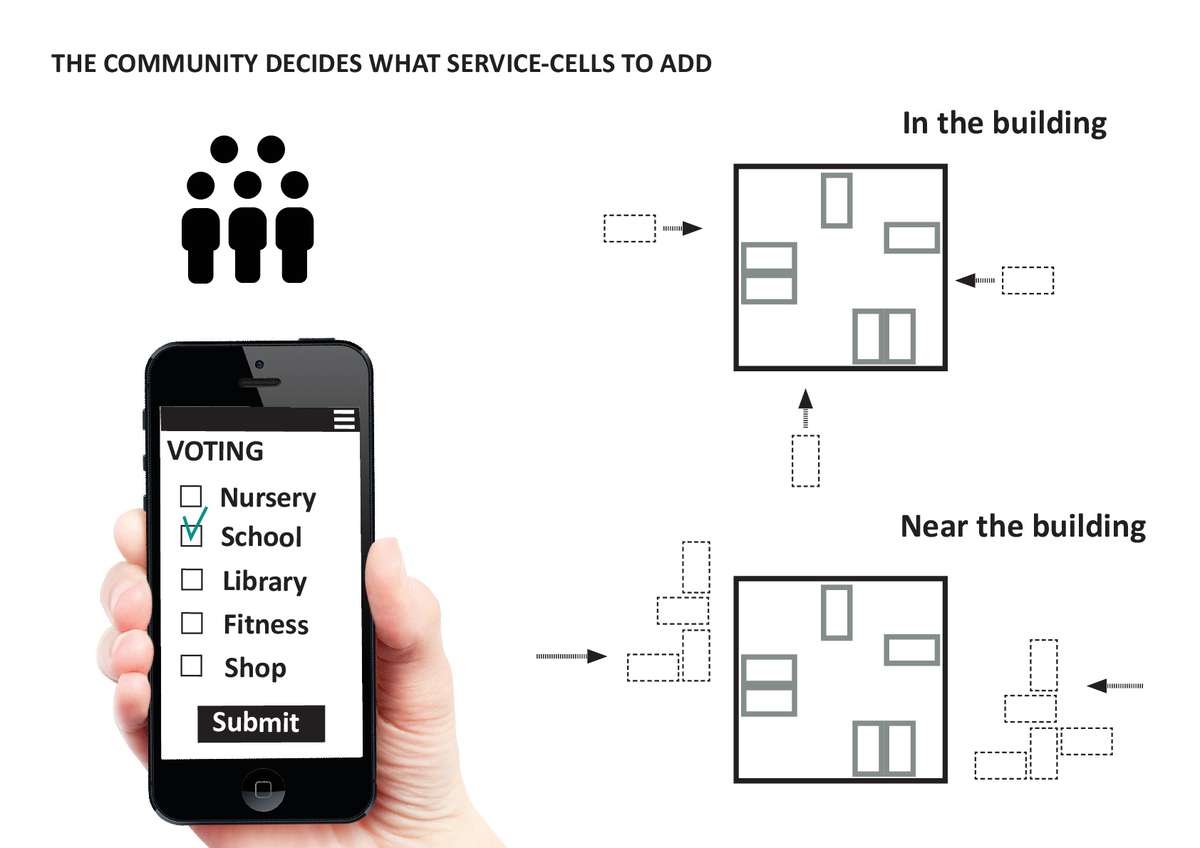
Sharing is an important part of community life in Uber Architecture. Citizens can together decide, what services and public places should move to their building/territory of the building, according to their preferences or needs.
And if your cell has accumulated extra energy, you can offer or cell it to other participants of the project. Let’s make our world more sustainable and adaptable!

Uber architecture
Uber architecture

- Site-specific cases
Our house should be maximally transformable and movable, depending on our most immediate needs for work and rest, to be maximally integrated into any landscape.
Each city could have a transformable modular system allowing one to easily remove one of the cells from it and move it anywhere in the world.
You just need to call a helicopter from a special service, like Uber or Yandex. One click in a mobile app that can offer the best location, based on the preferences of the user - profession, interests, financial situation.
The cell is transformable, with adjustable partitions. All internal and external surfaces are sensory for the possibility of changing the interior to the mood of the host, as well as projecting images and textures to external panels to fit the cell in the surrounding landscape.
The architect in this case acts as an app developer, improving the details of the service, changing the possible combinations and types of cells, examining the demand and needs of people.
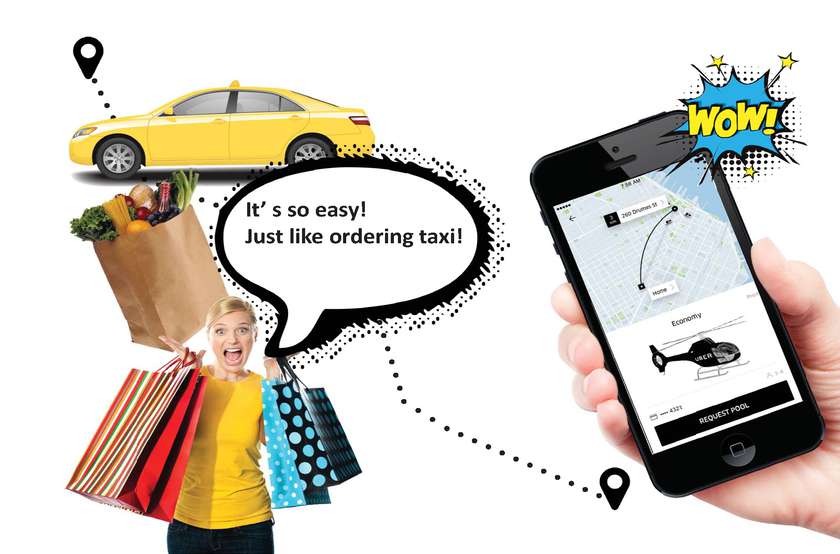
Moving around has never been easy like now. We already order food, clothes, taxi through different Apps. To move your sell around just press the button in your App. Easy just like Uber Taxi.
The App will not only order you a helicopter, but also suggest the best location to move to, according to your budget, preferences, personality and also events, available jobs, environment and much much more around you.
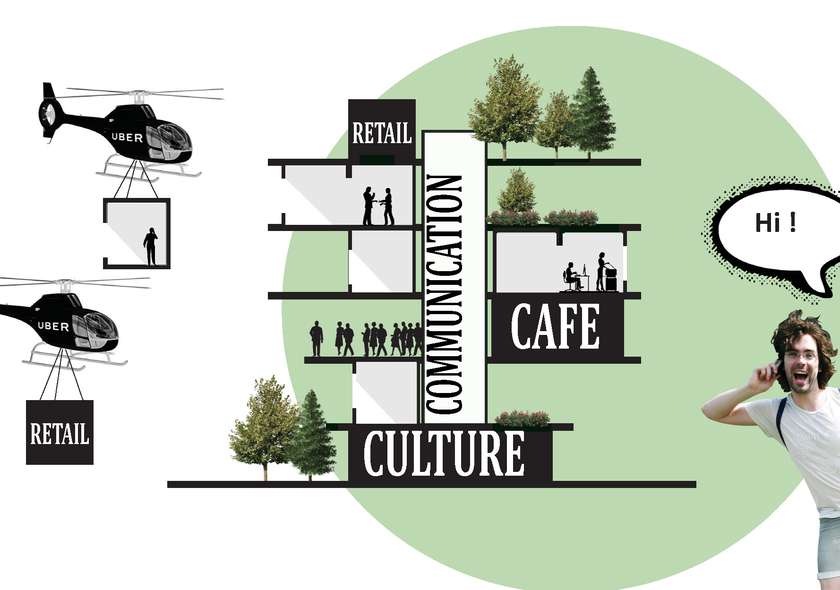
City structures have all the services needed by the cells. And having your buisiness in a movable cell is a convinient solution.

Use your App to choose the best additional elements for your basic cell. 1)Energy kit (Solar panels, small nuclear power generator, recuperating air system, water reuse system), 2) Panels (Media-panels for indoor and outdoor facade), 3) In-built furniture (In-built bed, shelfs, audio and video systems, kitchenware), 4) Moveable partitions.
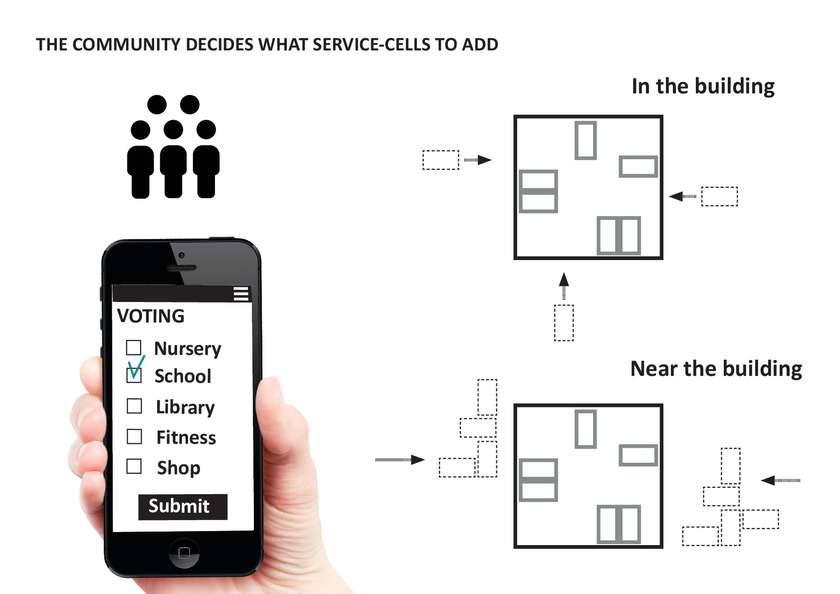
Sharing is an important part of community life in Uber Architecture. Citizens can together decide, what services and public places should move to their building/territory of the building, according to their preferences or needs.
And if your cell has accumulated extra energy, you can offer or cell it to other participants of the project. Let’s make our world more sustainable and adaptable!
